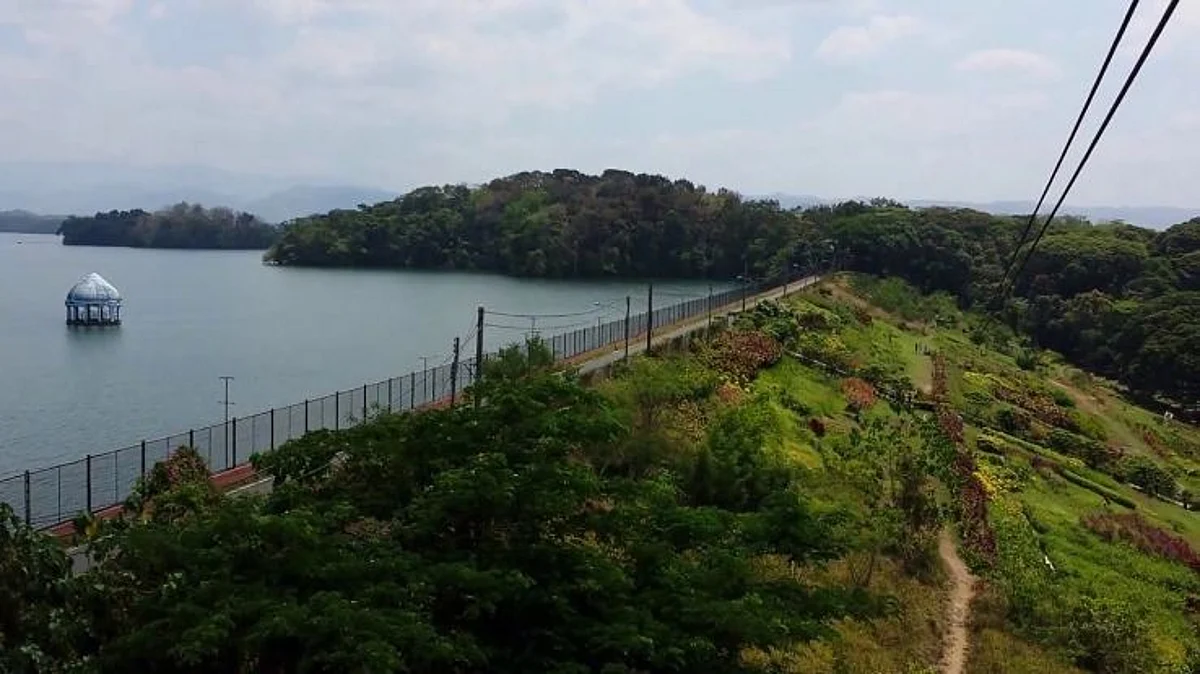By Aljon Danniell Eguia
Several civil groups and conglomerates were recognized for their efforts in protecting vital watersheds through initiatives such as bamboo and tree planting.Among those honored were San Miguel Corp., which planted 100,000 trees, and the Metropolitan Waterworks and Sewerage System (MWSS) Corporate Office, which planted approximately 127,000 trees.MWSS Administrator Engr. Leonor Cleofas said tree plantations are crucial in ensuring a clean water supply within Metro Manila’s watersheds.Citing data from MWSS’s Annual Million Tree Challenge (AMTC), Cleofas said they are exceeding their annual tree-planting targets as more partners pledge to contribute to reforestation efforts.Watersheds mentioned include Kanan and Kaliwa Dams, the Upper Marikina Watershed, Laguna de Bay, and the Ipo-Angat Watershed—sources of water for Metro Manila and nearby provinces.The AMTC was established by former MWSS Director Reynaldo Velasco and is focused on a collective mission to “transform our watersheds and to protect the lifeblood of our communities.”Kristine Lea Gaon, chief of the Climate Change and Environmental Sustainability Department’s Education Division, emphasized the importance of green spaces in urban areas.“La Mesa Watershed is a daily reminder that a healthy ecosystem is needed in a metropolis, as parks like this help in improving the ecosystem and helps in cleaning the air,” Gaon said.La Mesa Ecopark, a 33-hectare open space in northern Quezon City, features a lagoon, flower hill and forest park.In 2024, ABS-CBN Foundation Inc. transferred the management of the ecopark to MWSS.Atty. Patrick Ty, chief regulatory officer of MWSS, reaffirmed the agency’s commitment to preserving critical watersheds in Metro Manila.“Tree planting activities are formed by collective cautiousness as it helps in creating a better future for the next generation,” Ty said.He added that upcoming tree-planting efforts will focus on Bulacan and Rizal.A study by Pennsylvania State University found that forests play a vital role in reducing stormwater runoff and improving water quality.The study highlighted forest capabilities such as canopy interception and infiltration—where trees act as a “giant sponge” absorbing stormwater—and phytoremediation, a process where woody plants absorb pollutants like hydrocarbons, metals and pesticides.
